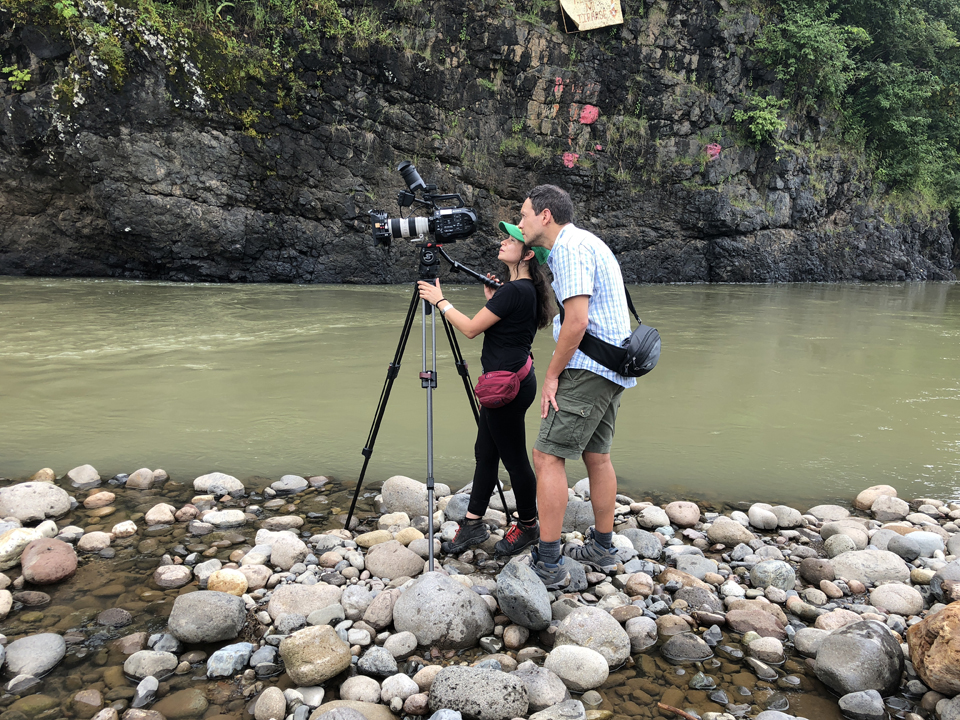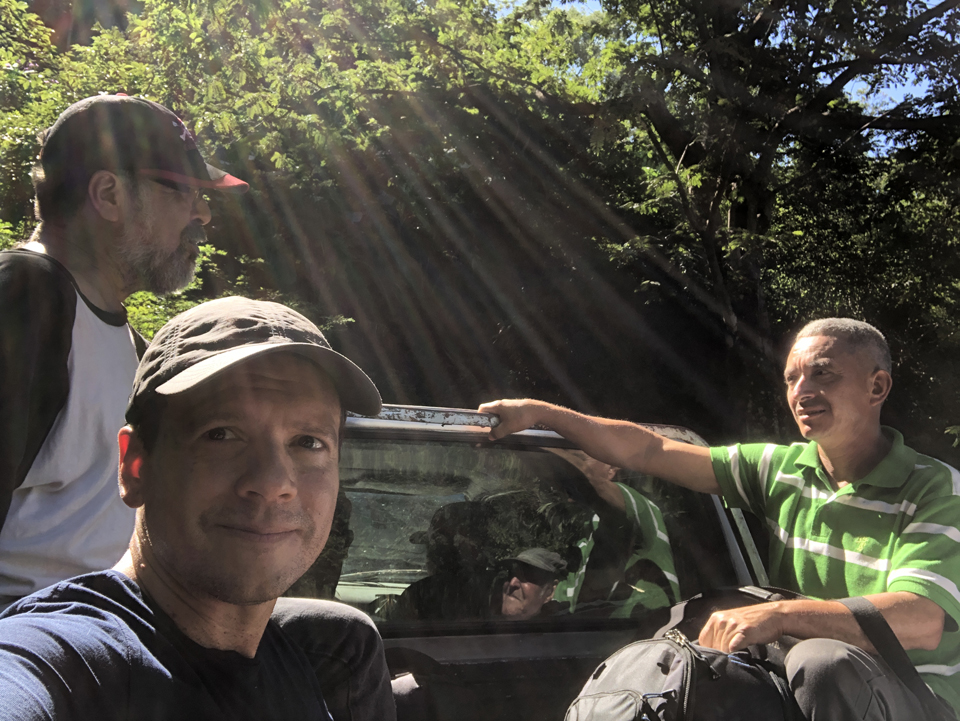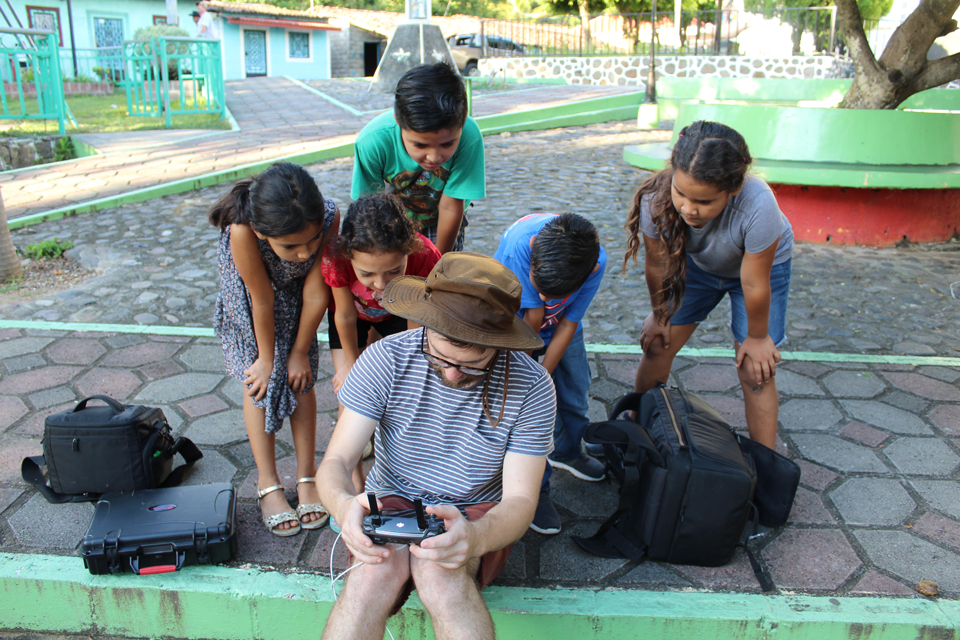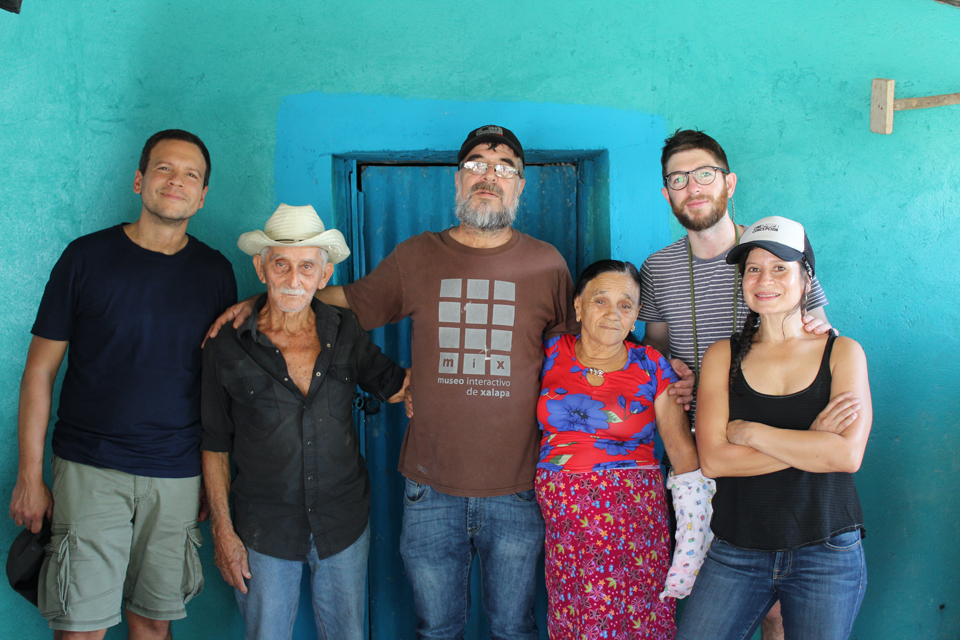by Juan Andrés Bello
In August 2017, I traveled to El Salvador for the first time from Canada, along with Amanda Grzyb and Reynaldo Hernández from Surviving Memory in Post War El Salvador. There we were joined by Pedro Cabezas, from CRIPDES, and the architects Harold Fallon and Evelia Macal, along with their family. The purpose of the trip was to visit some of the sites where the Chalatenango massacres occurred, guided by survivors.
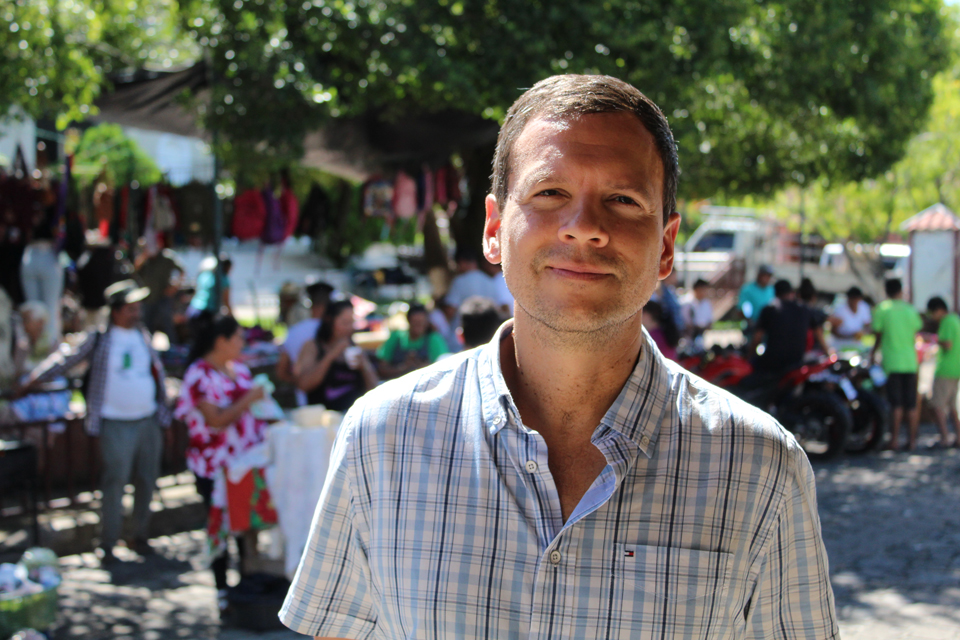
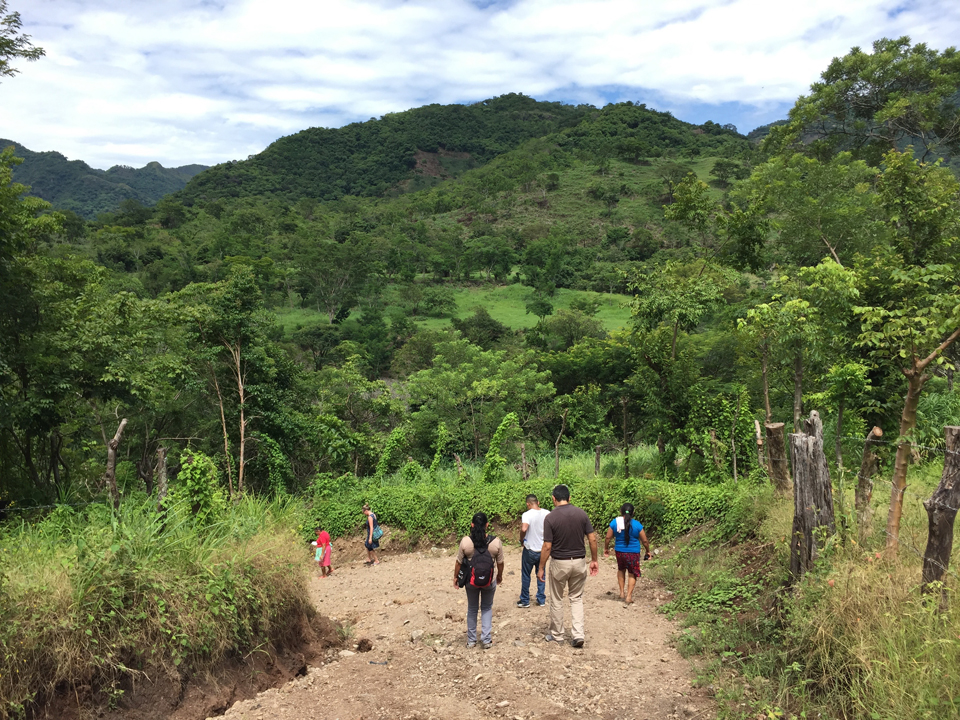
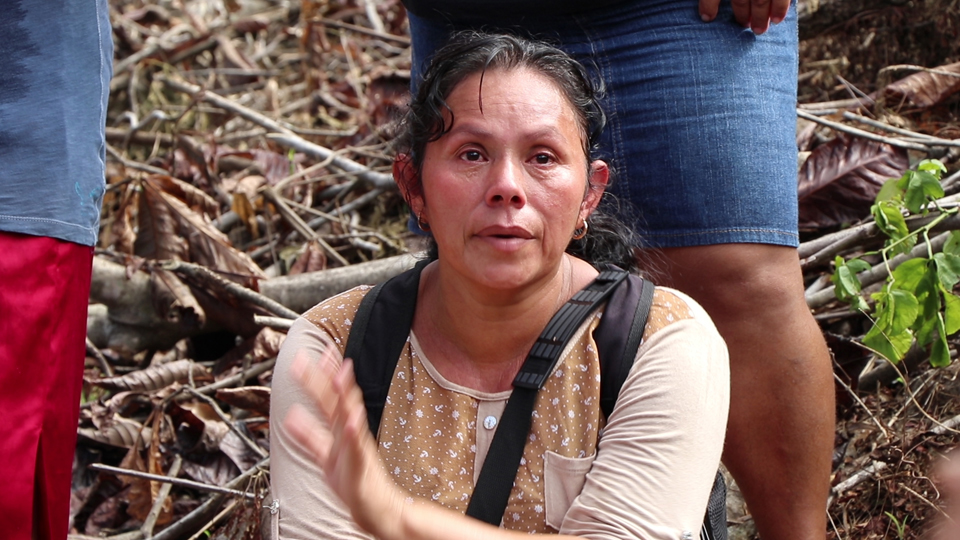
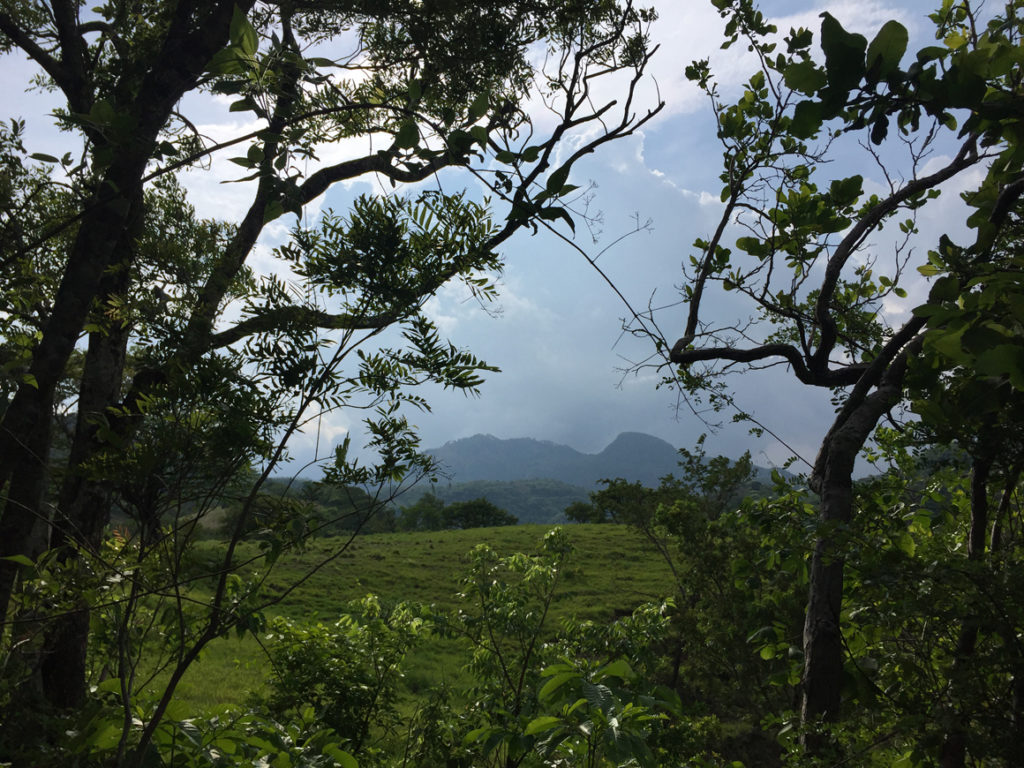
After that first trip I began to work on the proposal for a project to document the massacres that occurred in Chalatenango at the beginning of the civil war. Since 2018, and thanks to the support of Canada Council for the Arts, London Arts Council, and the Sumpul Association, I have been able to visit the massacres sites, to help record and preserve the testimonies of witnesses and survivors.
The production of the project included conducting research on the history of El Salvador and listening to the stories and ideas of the survivors.
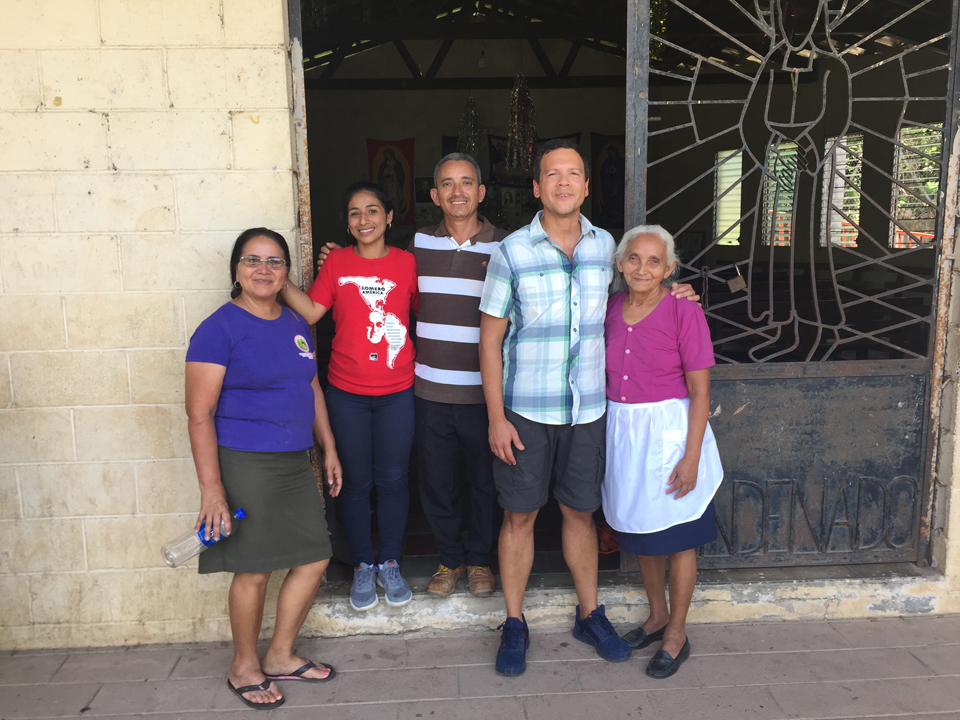
The project has three components:
A series of short documentaries presenting testimonies of different massacres.
A series of experimental videos using 360 technology (360-degree video)
A video installation based on visual and sound landscapes of Chalatenango.
These are some segments of the material that we have produced:
I worked together with Michelle Rosales (Director of Photography), Shawn Robertson (2nd camera and drone unit), Laszlo Borondy and Antonio Diego (Sound), Gerardo Pérez (Assistant and Driver), María Andreína Acosta (Transcriptions), Marithza Andagoya (Translations), and Carolina Aular (Editing).
We want to acknowledge the collaboration of Felipe Tobar, Miriam Ayala, Julio Rivera, Miriam Dubón, and the other members of the Sumpul Association. Nicolás Rivera and the Committee of Surviving Historical Memory of Arcatao. Also Reyes Guardado and his family, the Mayor of San José Las Flores, Josué Claudio and Medardo González.
